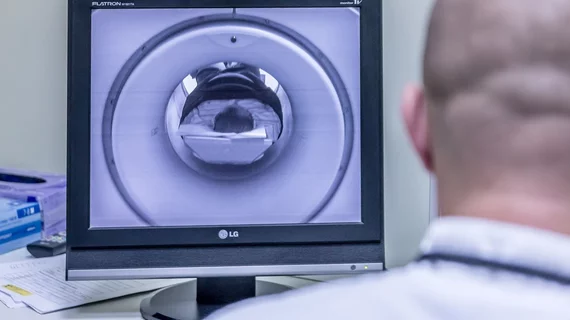New MRI contrast agent for 3D microvascular imaging beats out gadolinium-based materials
Scientists have developed a new, high-performing contrast agent to help clinicians better visualize small blood vessels on MRI exams, according to a study published this week.
A collaborative team of South Korea-based researchers detailed their Supramolecular Amorphous-like Iron Oxide, or SAIO particle, in the journal nature biomedical engineering. The nanoparticle outperforms gadolinium-based agents and yielded images nearly 10-times more precise than current contrasts, according to the developers.
The imaging agent may be particularly useful during 3D microvascular imaging, helping doctors identify potentially life-threatening blood vessel blockages.
“SAIO is a next-generation contrast agent that satisfies both high resolution and safety at the same time,” Byoung Wook Choi, with Yonsei University College of Medicine’s Department of Radiology in Seoul, said in a statement. "SAIO is expected to play a vital role in…the diagnosis of cerebro-cardiovascular diseases such as stroke, myocardial infarction, angina, and dementia."
Choi and colleagues compared their imaging agent against a gadolinium-based material known as Dotarem and other iron oxide nanoparticles. The novel contrast identified brain microvessels as thin as a hair in animal experiments, the authors noted.
Additionally, contrast enhancement lasted more than 10 minutes compared to the less than 2-minute window provided with Dotarem, offering radiologists plenty of time to perform imaging exams, Choi et al. explained.
In terms of safety, SAIO showed “excellent” renal clearance capabilities with no accumulation reported in the liver or spleen.
The positive findings pave the way for its potential use in real-world scenarios, the scientists explained.
“The nanoparticle’s biocompatibility and imaging performance may prove advantageous in a broad range of preclinical and clinical applications of MRI,” the authors concluded in the study.
Read the entire study (subscription required) published March 8 here.

